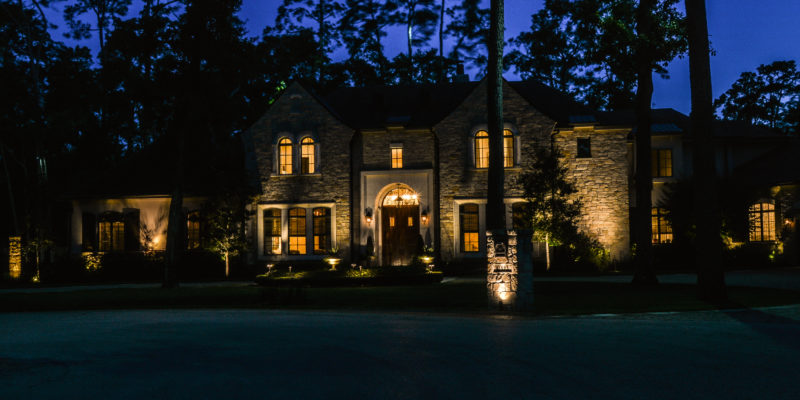In Houston, landscape lighting design can bring quite great features to your landscaping. Elegance might be what you’re looking for, but safety and security are certain things to look forward to as well. Lighting can accent fountains, trees, and even shrubs so the whole yard looks great, but pathway lighting and motion-activated illumination also mean your whole yard is safer for everyone. Given all this, it’s no wonder that you’re thinking about installing landscape lighting, although you’re also likely very curious about how much such an installation is going to set you back.
Things do vary based on your local market and the specific project that you have in mind. However, the average price across the national market for landscape lighting in 2020 is approximately $2,500.
While that’s the average price, you should note that the usual price range starts around $1,000 and up, with most projects landing between there and $5,000. Nearly all projects have a minimum of around $500, with maximum price points topping out at $10,000.
Another way to break it down is by the average price for each light that you want to put in. They typically cost $320 for each light.
The cost of $320 per light can be brought down some with volume savings, especially considering how each extra light usually spreads the labor costs out even further. A very typical lighting system uses a dozen lights, topping out at $2,500. Choosing an outdoor light fixture for your house can be stressful you need to pick the right piece since it’s quite pricy.
Design costs are something to factor in, as well. Landscape lighting designers usually charge from $200 up to $500 to come up with a detailed plan and illustrations for either your DIY guidance or contractor use. Professional designers know where to best locate your fixtures for an amazing aesthetic once the project is done.
If you’re adding lights at the same time you’re doing new landscaping, it can cost less for the lights. This is because you can add lights without having to worry about anyone needing to repair your landscaping once the installation is done. Also, labor can be even cheaper since contractors save time. It helps when they don’t have to do any digging around obstacles to bury conduit.
Of course, adding lighting to your existing landscape is always a possibility. However, the project is likely to involve more work and getting your landscape back into shape. Both factors add to the costs. Ask first what are the best outdoor lights before investing.
The kind of bulbs or lights you choose also come into play into the cost considerations. Halogen lights might appeal to you initially since their starting price points are lower than LED fixtures. However, halogens need to get changed annually, so there is more upkeep over time.
Many contractors prefer high-caliber LED lights inside metal fixtures, given how they last longer and can have longer warranties. Consider the power savings of LED bulbs to save money over time. They draw far less juice than halogens, and they also last a lot longer.
An LED bulb can burn anywhere from 35,000 up to 50,000 hours. With 12 hours of daily use, every day of the year, that’s only 4,380 hours per year. That means LED bulbs can last a decade or more, compared to changing halogens every 12 months or so.
As mentioned earlier, how many lights you pick substantially determines the overall system cost. As a general rule of thumb, seven up to 10 lights will put you in the $2,000 up to $3,250 range, whereas a system with 20 or two dozen lights is more likely to start at $4,000. You need to know what is the best landscape lighting that would fit your needs so you won’t waste your money.
Your lighting system is likely to need a transformer, where 110 or 120-volt power is converted to 12VDC. The farther your lights are from this transformer, the dimmer they are going to be. An extra or bigger transformer can address this, but many homeowners also opt for the ‘natural’ look of lights being brighter the closer they are to the actual home. Transformers typically run several hundred dollars apiece.
One way you might be able to save money on the upkeep and recurring costs of your system is to use solar-powered lights. However, they might not shine all night, and you need to keep them out of shade so they can charge up enough.
Visit our blog to discover more tips and tricks. Call or contact us today for more information!

